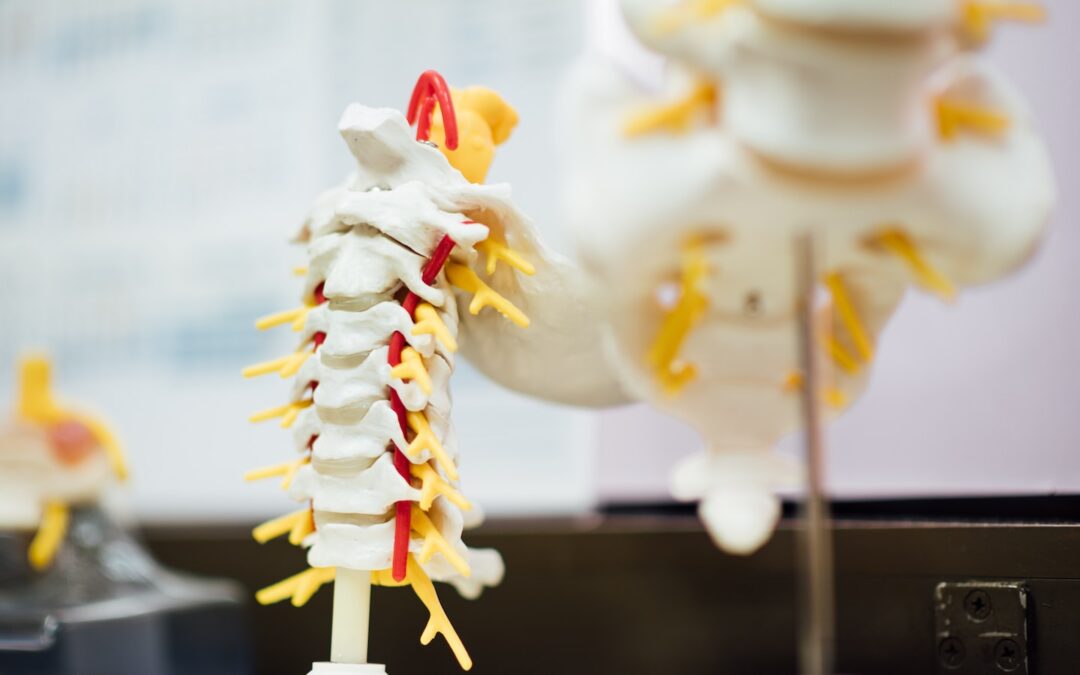Spinal lesions are any form of damage or injury to the spinal cord. This can be caused by either a traumatic event or a degenerative or malignant condition. It is important to note that a spinal lesion is not necessarily synonymous with paralysis, although it can cause limited movement or mobility in some cases. As spinal lesions can result in varying levels of pain, discomfort and disability, understanding the different types and their consequences is essential for those affected by them.
Types of Spinal Lesions
There are different types of spinal lesions that can have various outcomes. Here are some of the more common types:
Compressive Lesions
Compressive lesions are caused by the direct pressure of a tumor or cyst compressing a segment of the spinal cord, which limits blood flow and can lead to permanent tissue damage. These are usually the result of a malignant or degenerative condition, and if left untreated, can cause paralysis and even death.
Destructive Lesions
Destructive lesions are caused by trauma to the spine, such as a spinal cord injury or a gunshot wound. These can result in complete or partial paralysis or can limit movement and sensation in the affected area. They may also cause sensory deficits, and in extreme cases, can be fatal.
Inflammatory Lesions
Inflammatory lesions are the result of an infection or auto-immune disorder in the spinal cord. This can lead to swelling and inflammation, and can result in pain and temporary or permanent paralysis of the affected area.
Vascular Lesions
Vascular lesions are caused by poor circulation or a blood clot in the spinal cord. These can lead to limited blood flow to the affected area, which can cause pain and tissue damage. In some cases, it can also cause paralysis or death.
Treatment for Spinal Lesions
The treatment for a spinal lesion depends on the type, cause and severity of the condition. If it is caused by a traumatic injury, surgery may be necessary in order to reduce the pressure on the spinal cord or repair any damaged tissue. For compressive lesions, the treatment will usually involve medication and radiation therapy to reduce the size of the tumor or cyst. Inflammatory lesions are usually treated with anti-inflammatory drugs and medication to reduce the swelling. Vascular lesions can be treated with anticoagulants to improve circulation and reduce the risk of further damage.
People Also Ask
What are the symptoms of spinal lesions?
The symptoms of spinal lesions vary depending on the type, location and severity of the condition. Common symptoms can include pain or numbness in the affected area, limited muscle movement and strength, sensory deficits, and in severe cases, paralysis.
What causes spinal lesions?
Spinal lesions can be caused by traumatic injuries, malignant or degenerative conditions, infections, and poor circulation.
How are spinal lesions diagnosed?
Spinal lesions are diagnosed through medical imaging scans, such as an MRI or CT scan, as well as neurologic examinations and lab tests.
Can spinal lesions be prevented?
In most cases, spinal lesions cannot be prevented, as they are often caused by a traumatic event or a degenerative or malignant condition. However, it is important to seek immediate medical attention if symptoms develop, as early diagnosis and treatment can reduce the risk of further complications.
What is the prognosis for spinal lesions?
The prognosis for spinal lesions varies depending on the type, cause, and severity of the condition. In some cases, the symptoms can be reversed with proper treatment, while in other cases, the damage can be permanent.
Final Words
Spinal lesions can have a range of effects, from mild to severe. It is important to be aware of the different types, as well as the symptoms, causes, and treatment options. Early diagnosis and proper treatment can help to reduce the severity of symptoms and improve the prognosis, so it is vital to seek medical attention if any symptoms occur.

